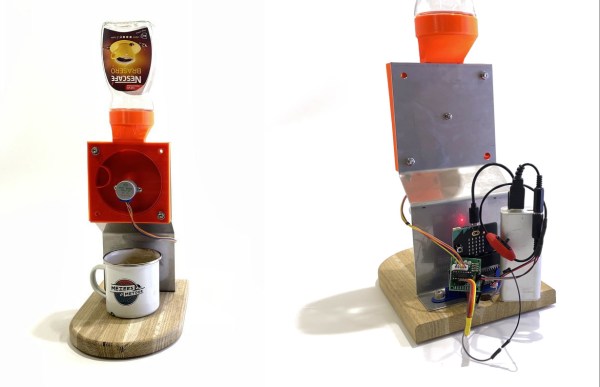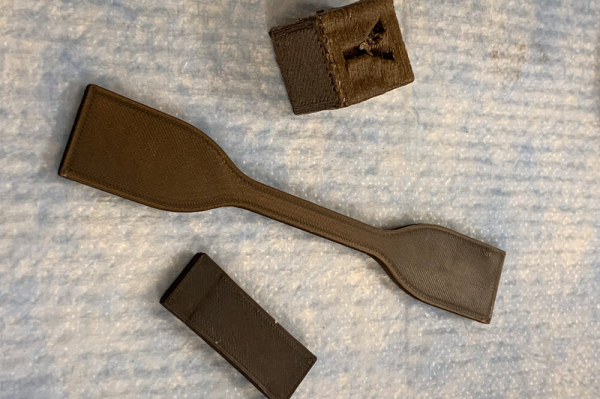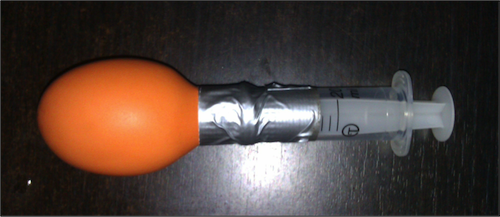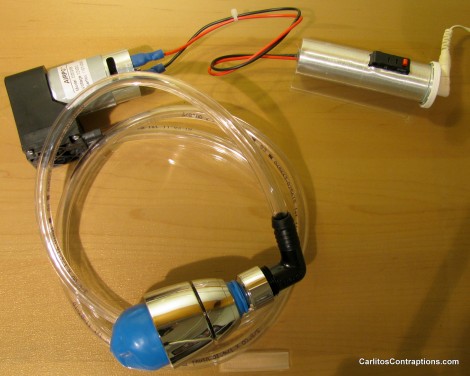Every winter, millions of tons of rock salt is sprinkled across roads in the US, mostly in the Midwest and Northeast regions. It’s a cheap and effective way to prevent accidents. Rock salt is chemically the same as the stuff that sits next to the pepper, except it isn’t as finely ground, and it doesn’t have sodium or potassium iodine added to it to prevent goiters. Both table salt and rock salt melt ice by lowering the freezing point of water. So does sugar.
Much of what we salt the Earth with every winter comes from underground networks of salt crystal that formed when various ancient seas dried up. As natural as it may be, rock salt is bad for the environment. For one thing, chloride is forever, and can’t easily be decoupled from the soil and water it taints when it washes away. Rock salt also corrodes concrete, makes its way into the groundwater, and is bad for pets. Worst of all, its efficacy drops along with the temperature. At 15° F (-9° C), rock salt loses more than 86% of its melting power.
Disposable Detroit
All this salt is not great for cars, either — it’s bad for the paint and eats up the frame. In the saltiest parts of the US, aka The Salt Belt, cars only last a handful of years before they become Flintstones mobiles. Well, not really, but salt is terrible for the brake lines and most of the undercarriage. Consumer woes aside, there’s a real environmental impact to manufacturing all these disposable cars to meet the demand.
But the problem is that we need to use salt, or at something like it. Even though millions of people are staying home a whole lot more, the trucking industry still relies on salted highways and local roads. So if you like stocked grocery stores and stuff arriving from the Bezos Barn in a timely fashion, you can see the problem. So what are the alternatives? Are there any?
Continue reading “The Road Is Peppered With Rock Salt Alternatives”

















